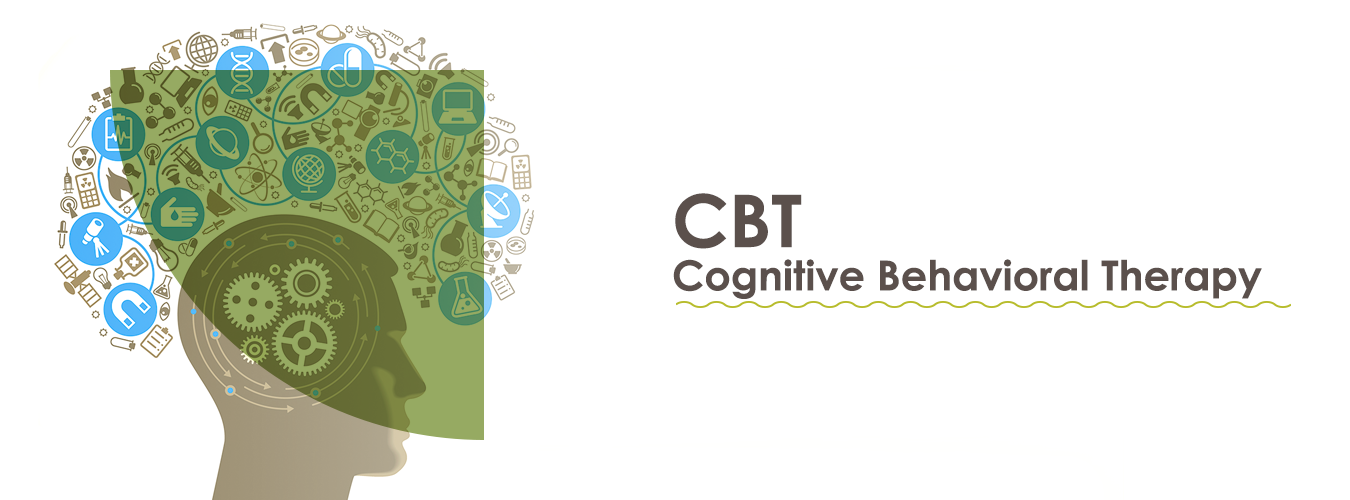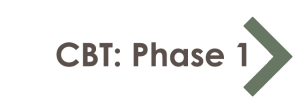
CBT : Cognitive Behavioral Therapy
These resources are based on the guidelines that represent the default assumptions of what will occur throughout the course of CBT for people with distressing psychosis within our clinical trials. This usually consists of a course of up to 26 hours over a 6-9 month period plus up to four booster sessions over subsequent 6-12 months. They are to be used flexibly, and may change in response to client characteristics (i.e. the pace may slow down if a client has difficulties with memory and attention or acute distress in sessions). There is also a recognition that, at times, therapists will perform elements of care coordination when there are pressing unmet needs, such as finances and housing or management of risk to self or others. However, if we drift from protocol this would usually be prioritized for discussion in clinical supervision and we often require participants in our trials to have a care coordinator to minimize the latter. It is expected that sessions will be passable on the Cognitive Therapy Rating Scale Click Here For A PDF and that therapists will complete an electronic session record after each session Click Here For A PDF
The model and formulations will be based on the approach outlined by Morrison (2001) – Click Here For A PDF Of The Model Template – and permissible change strategies are usually from those described in our treatment manuals (Morrison et al., 2003; Morrison et al., 2008).
Our approach involves adherence to the principles of cognitive therapy, including:
• Formulate using the model
• Establish a shared goal
• Normalize, rather than pathologise, psychotic experiences
• Be collaborative
• Explore links between thoughts, feelings and responses
• Help people to evaluate and change appraisals and responses
• Experiment with different responses in & out of sessions
• Encouraging active involvement and teamwork by generating task to do outside of session for both therapist and participant
The delivery of CBT within our trials usually occurs within 4 phases: assessment, formulation and engagement, the use of change strategies derived from the formulation to work towards idiosyncratic goals, a longitudinal formulation phase and a final consolidation phase. Progression through the phases is gradual and often linear, though the third phase is not always used (dependent on progress in the change strategy phase and client preference). A more detailed description of the default treatment protocol is outlined in a journal article Morrison, 2017 – Click Here For A PDF
The delivery of CBT within our trials is guided by an emphasis on the importance of human relationships and recovery-orientated values and attitudes. A more detailed description of these aspects is provided in a journal article (Brabban, Byrne, Longden and Morrison, 2017 – Click Here For A PDF
The following resources consist of video excerpts of role plays filmed by PRU staff which aim to illustrate the relevant processes, principles and strategies within each phase. Where relevant, these videos are supplemented by descriptions and formulations that were shared with the ‘client’.

